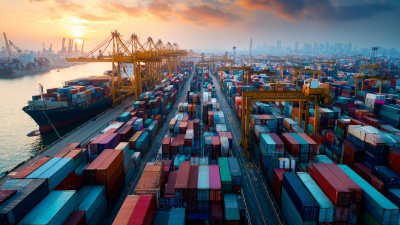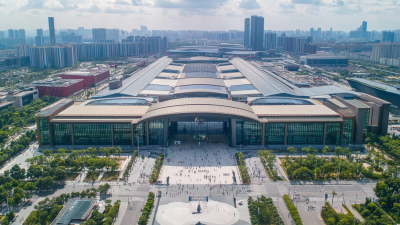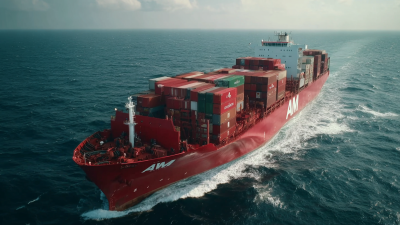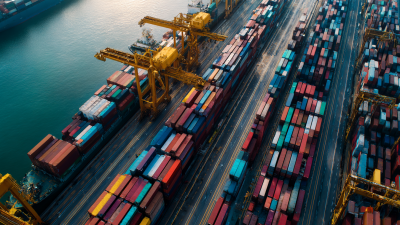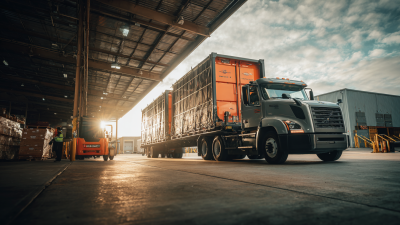International logistics plays a critical role in the world economy, facilitating global trade and ensuring that goods move efficiently from one location to another. With the rapid advancement of technology and the rise of e-commerce, understanding the intricate processes involved in international logistics has never been more important. This field encompasses a wide range of activities, including the planning, implementation, and control of the flow of goods, services, and information across international borders.
As businesses expand their operations globally, the complexity of international logistics continues to grow. Factors such as customs regulations, trade compliance, and transportation modes must be navigated carefully to prevent delays and ensure smooth operations. The interplay between various stakeholders, including suppliers, manufacturers, and distributors, highlights the necessity of effective communication and coordination in international logistics.
Moreover, the evolution of shipping practices, coupled with the increasing demand for speed and reliability, necessitates a deeper understanding of international logistics strategies. By exploring these dynamics, companies can better position themselves in the competitive marketplace, leveraging optimized logistics processes to enhance customer satisfaction and operational efficiency. Thus, gaining insights into international logistics is crucial for any organization looking to thrive in the interconnected global economy.

International logistics plays a crucial role in the global supply chain, facilitating the movement of goods across borders. Understanding the basics of international logistics is essential for businesses aiming to expand their reach in today’s interconnected marketplace. According to a report by Statista, the global logistics market is projected to reach approximately $12.68 trillion by 2023, highlighting the industry’s growing significance. This massive scale of operations requires a comprehensive understanding of regulations, shipping methods, and customs processes to ensure efficient delivery and compliance.
One vital aspect of international logistics is the need for effective documentation and compliance with various international regulations. Companies must navigate through a labyrinth of import/export laws to avoid potential delays and fines. For instance, the World Bank indicates that countries with well-structured logistics networks can reduce transit times by up to 50%, demonstrating that strategic planning and execution can drastically impact efficiency.
**Tips:** To improve your international logistics process, consider implementing a robust inventory management system to track shipments in real-time. Additionally, foster strong relationships with shipping partners to ensure reliable service and better negotiation outcomes. Staying updated with trade regulations and using technology solutions can also enhance efficiency and reduce costs.
International logistics involves the integration of various processes to ensure goods move efficiently across borders. One of the key components of the global shipping process is documentation. Proper documentation, including bills of lading, commercial invoices, and customs declarations, is essential for facilitating the smooth transit of goods. These documents not only serve as legal contracts but also aid in compliance with international regulations, ensuring that shipments can clear customs without delays.
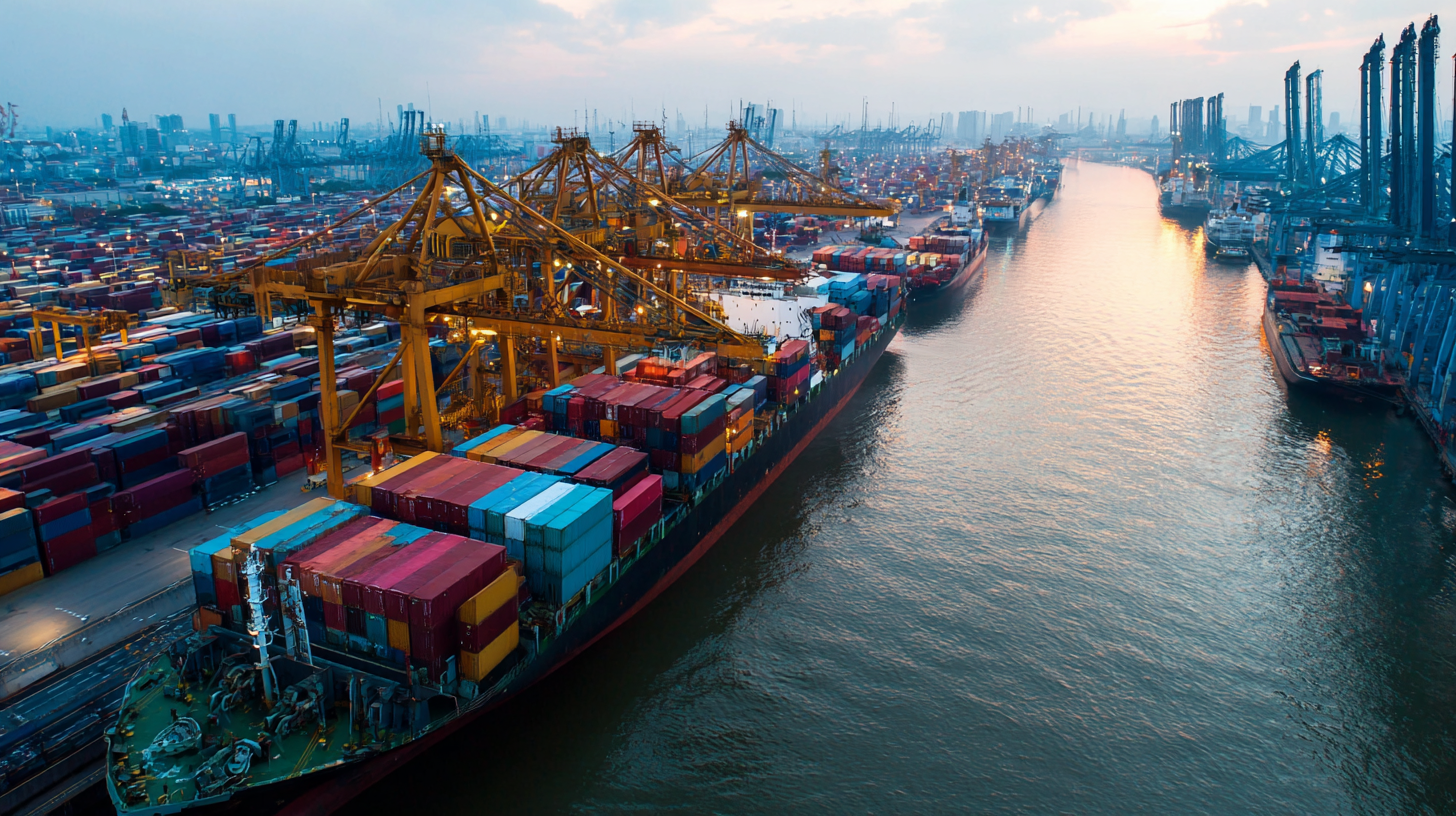
Another crucial aspect of international logistics is transportation. This involves selecting the most suitable mode of transport—be it air, sea, rail, or road—based on factors like cost, speed, and the nature of the goods being shipped. Additionally, freight forwarding plays a significant role in coordinating shipments, arranging for storage, and managing the logistics chain. By efficiently organizing these elements, businesses can enhance their supply chain resilience and ensure timely delivery of products to global markets.
International logistics involves the intricate processes of transporting goods across global borders, ensuring that products reach their destinations efficiently and safely. However, this intricate system faces numerous challenges such as regulatory compliance, customs clearance, and fluctuating shipping costs. These hurdles can complicate the supply chain and result in delays, impacting customer satisfaction and overall business performance.
To navigate these complexities, businesses can employ several strategies. First, maintaining open lines of communication with logistics partners can help foresee potential issues. Building strong relationships with customs brokers and freight forwarders ensures that all paperwork is handled accurately and timely.
**Tips:** Regularly updating knowledge on international trade regulations and local customs practices can prevent many common pitfalls. Additionally, diversifying shipping methods and routes can mitigate risks associated with carrier reliability or geopolitical disruptions.
Moreover, investing in technology such as shipment tracking systems can enhance visibility throughout the shipping process. This gives businesses better control over their logistics, enabling them to respond swiftly to unexpected challenges. Proactive management in international freight can significantly minimize risks and enhance efficiency, ultimately driving success in the global marketplace.
| Dimension | Description | Challenges | Solutions |
|---|---|---|---|
| Transportation | Movement of goods across borders | Delays due to customs checks | Streamlined documentation |
| Warehousing | Storage of goods before distribution | High operational costs | Use of automated systems |
| Customs Clearance | Regulatory compliance for imports/exports | Complex regulations | Hiring customs brokers |
| Risk Management | Management of potential losses | Theft and damage | Insurance and tracking systems |
| Distribution | Final delivery to end users | Inefficiencies in routing | Use of logistics software |
In today's interconnected world, the role of technology in enhancing logistics efficiency cannot be overstated. Modern logistics relies heavily on advanced software systems, IoT devices, and data analytics to streamline operations. For instance, real-time tracking systems allow companies to monitor shipments at every stage, which not only improves transparency but also significantly reduces the chances of delays. By leveraging GPS technology and mobile applications, businesses can provide timely updates to customers, thereby enhancing customer satisfaction and trust.
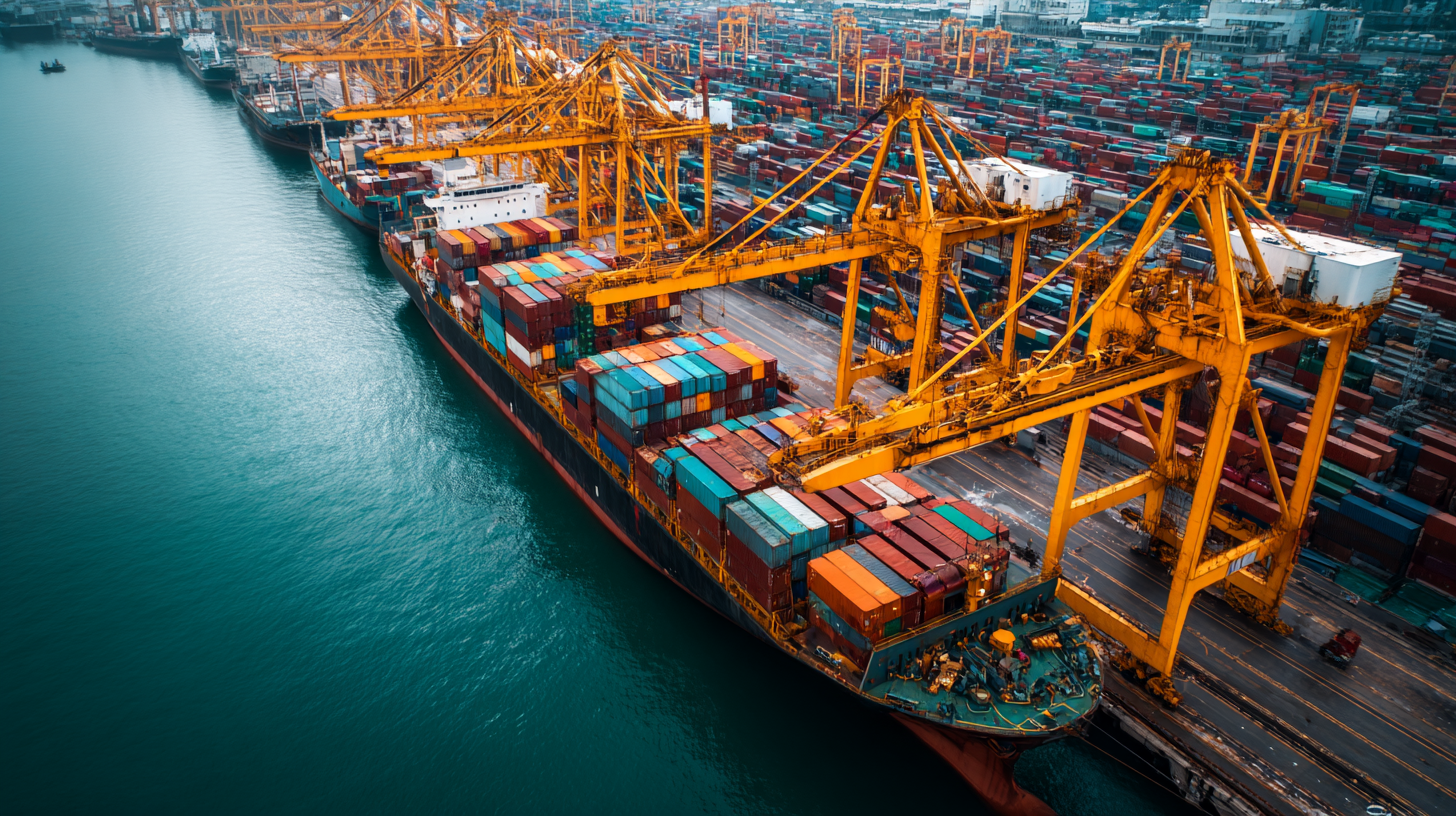
Moreover, automation is revolutionizing the logistics sector, making processes faster and more accurate. Automated warehouses equipped with robotics can pick and pack goods more efficiently than human workers, minimizing errors and cutting down on labor costs. Advanced algorithms analyze supply chain data to optimize routing and inventory management, further enhancing operational efficiency. As the logistics industry continues to embrace these technological advancements, companies that fail to adapt risk falling behind in this competitive global landscape.
As we delve into the future trends in global shipping and logistics management, several key developments are emerging. One of the most significant trends is the increasing adoption of technology, particularly artificial intelligence and automation. These advancements are streamlining operations, optimizing routes, and enhancing supply chain visibility. Companies are leveraging data analytics to predict demand more accurately, which allows for better inventory management and reduced costs.
Tips: To stay ahead in this rapidly evolving landscape, businesses should invest in technology that integrates seamlessly with existing systems. Conducting regular training for employees on new tools will also enhance efficiency and adaptability.
Another trend shaping the future is the growing emphasis on sustainability. As environmental concerns rise, logistics providers are rethinking their strategies to minimize carbon footprints. This includes using alternative fuels, improving energy efficiency in transportation, and embracing circular economy practices.
Tips: Companies should consider auditing their supply chains to identify areas for sustainability improvements. Collaborating with eco-friendly partners and integrating sustainable practices into logistics operations can not only meet regulatory demands but also resonate with increasingly conscious consumers.
